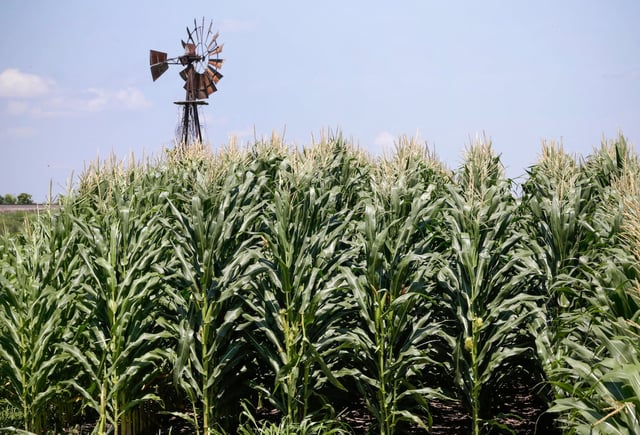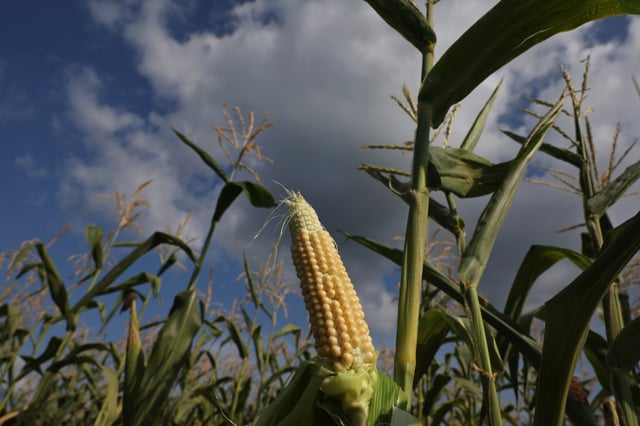Overview
- During peak pollination, corn fields can release 3,000 to 6,000 gallons of water vapor per acre per day, significantly boosting local humidity.
- Researchers say this added moisture has elevated heat indices by several degrees during the late July heat dome over the Midwest.
- A southwesterly flow and jet stream currents have carried that corn moisture into New England, pushing dew points and “feels like” temperatures higher.
- Scientists caution that isolating corn’s exact share of evapotranspiration is difficult because soybeans, trees and other vegetation also contribute moisture and measurement methods vary.
- Health experts warn that intensified humidity increases the risk of heat-related illnesses until the approaching front delivers cooler, drier air.


